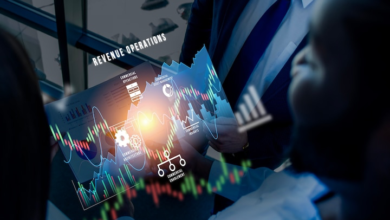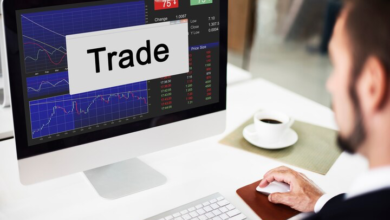What is economic inflation?

Economic inflation refers to the sustained increase in the general price level of goods and services in an economy over a period of time. When inflation occurs, each unit of currency buys fewer goods and services than it did previously. Inflation is typically expressed as a percentage increase in the Consumer Price Index (CPI) or the Producer Price Index (PPI), which measure the average change in prices paid by consumers and producers respectively for a basket of goods and services.
Here are some key points about economic inflation:
1. **Causes of Inflation**: Inflation can be caused by various factors, including:
– Demand-pull inflation: Occurs when aggregate demand for goods and services exceeds aggregate supply, leading to upward pressure on prices.
– Cost-push inflation: Arises when the costs of production increase, such as higher wages or raw material prices, causing firms to pass on these higher costs to consumers.
– Built-in inflation: Results from expectations of future price increases, leading to wage-price spirals as workers demand higher wages to keep up with rising prices.
2. **Effects of Inflation**:
– Erodes purchasing power: Inflation reduces the real value of money, causing consumers to afford fewer goods and services with the same amount of currency.
– Redistributes income and wealth: Inflation can benefit borrowers (who repay loans with money that is worth less) but harm savers and fixed-income earners whose incomes do not rise as fast as prices.
– Uncertainty: High or unpredictable inflation rates can create uncertainty for businesses, consumers, and investors, making it difficult to plan for the future.
3. **Measurement of Inflation**: Inflation is measured using various price indices, such as the CPI, PPI, and GDP deflator. These indices track changes in the prices of a representative basket of goods and services over time.
4. **Controlling Inflation**: Central banks use monetary policy tools, such as interest rate adjustments and open market operations, to manage inflation. Governments may also use fiscal policy measures, such as taxation and government spending, to influence inflationary pressures in the economy.
5. **Types of Inflation**: Inflation can be categorized into different types based on its rate and duration, such as:
– Hyperinflation: Extremely high and typically accelerating inflation rates, leading to the rapid devaluation of a country’s currency.
– Stagflation: A combination of stagnant economic growth, high unemployment, and inflation.
Overall, while moderate inflation is considered a normal feature of healthy economic growth, high or unstable inflation rates can have detrimental effects on the economy and society, requiring appropriate policy responses to mitigate its impacts.



